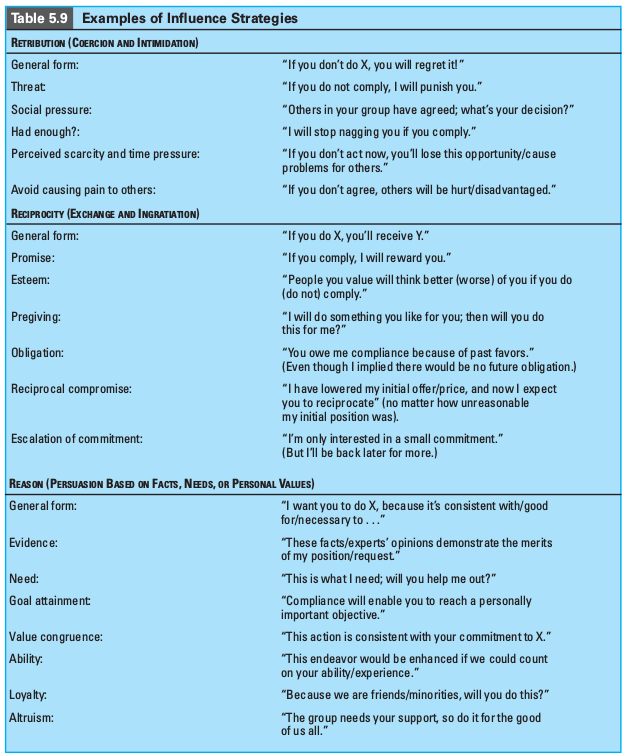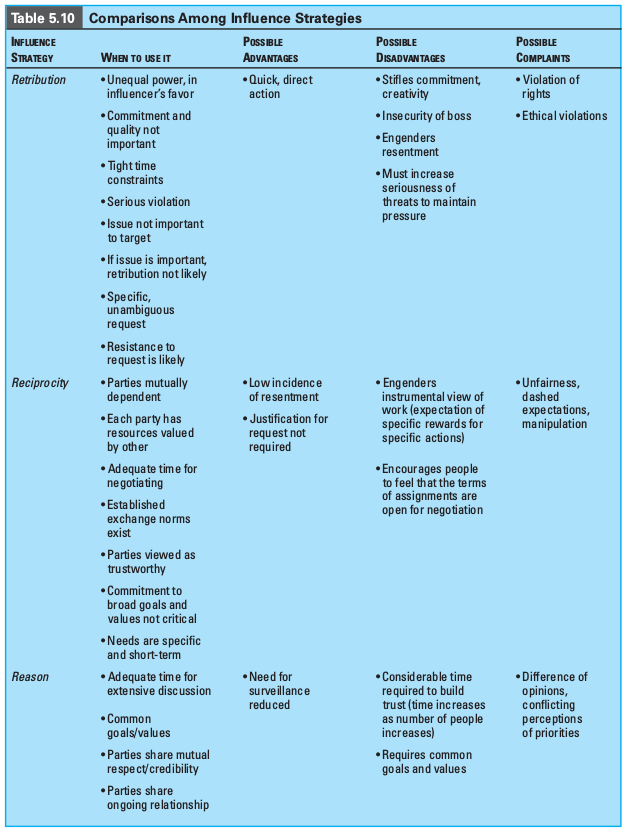Motivating Employees and Strategies of Influence
I know, I know. Another management topic. Haven’t we heard enough leadership buzzwords? Seen enough trendy motivational topics? Like probably most of you, I dread the elevator pitch of anyone about to give me a spiel on the latest and greatest industry buzzword topic. Especially if all they did was read an article on LinkedIn. And especially if it’s about DevOps. But! Hear me out. This one resonated deeply for me, so I think (and hope!) you’ll relate to this one. This information is taken from a book on the subject, “Developing Management Skills”, by David A. Whetten, and Kim S. Cameron.
In a project management class I’m taking, the professor refers to Principles of Influence and describes them as the guiding fundamentals in which people consider when deciding whether or not to be influenced by another person. Further to that are the Strategies of Influence, based on these principles, that one can take when looking to influence others around them. For most of us, this occurs in our working lives. Let me list them here, I think they’ll make more sense once you read them. The Strategies of Influence are:
- Retribution (based on fear or threats of what the influencer can withhold from you or punish you with. Intimidation, coercion, etc.)
- Rationality (based on persuasion and logical thought formed from facts or appeals to personal values)
- Reciprocity (based on mutual exchange or offerings between you and the influencer)
Where do these apply? Well, when one enters a situation where they need to influence somebody to act, one must decide which of the three influence strategies they will use. Now, why should you care? You should care because these strategies are being used in your business today, and there are situations where each of them are most effective, and also exceptionally ineffective. Depending on your business environment and your task at hand, one strategy may offer far more than the other two. As employees and managers who are constantly pressured to do more with less, I believe it is our duty to understand the strategies in order to identify which one is most appropriate for the situation at hand or possibly for the particular business environment that you’re in. Taken from a PDF of the book, these tables provide examples and summarize the pros and cons to each strategy:
Example strategies:

Pros/Cons:

These influence strategies manifest from managerial preferences, and are shaped and influenced by corporate culture. Personally, I do my best work and am most effective when the rationality strategy is used. Occasionally, reciprocity and retribution are effective, but aren’t sustainable long-term due to the need to maintain respectful relationships with colleagues and co-workers. If I were to quantify the most effective balance of the strategies for my business environment, I’d say it would be 80% rationality, 5% retribution, and 15% reciprocity.
The reason I think this is so interesting is that the rationality strategy is relied upon heavily in open source, and is fundamental to effective mass collaboration. Decision making may take a little longer, however the quality of decisions are often much higher compared to the other strategies. That being said, the retribution strategy is relied upon heavily in the military, and is very effective in that quick, direct action environment. Additionally, reciprocity is vital in a political environment where parties are heavily mutually dependent and compromises need to be made.
Consider the situation or environment you are in today:
- Are any of these strategies present in your organization or reporting structure?
- Can you think of examples where they have been effective or ineffective?
- Which one inspires you to do your best work?